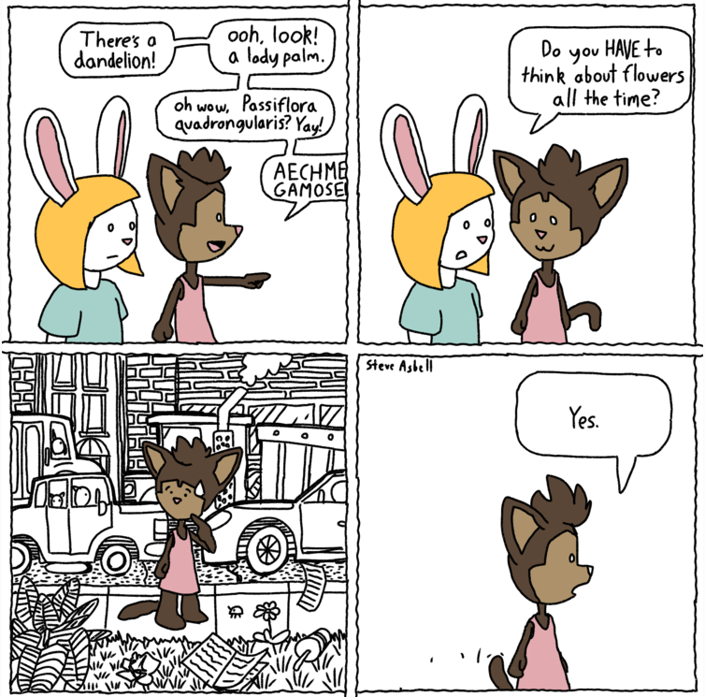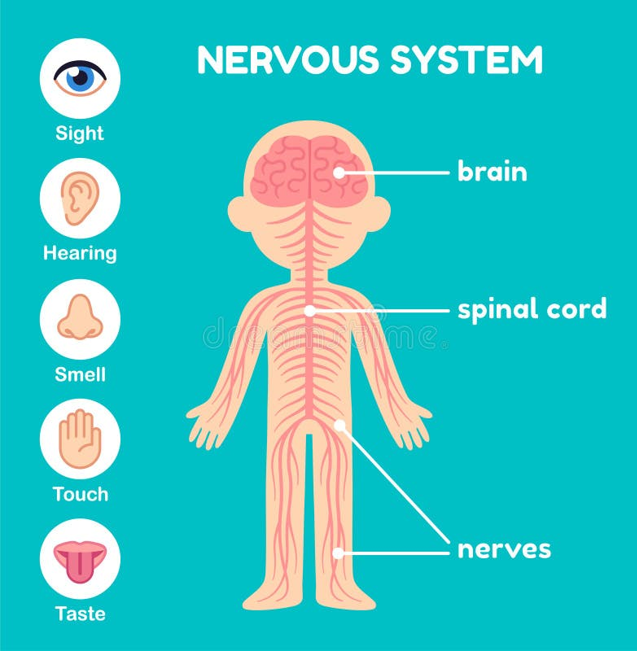What is Autism?
Autism is a neurodevelopmental disability, which means that it impacts the way the nervous system functions. The nervous system helps us make sense of everything we see, hear, feel, and think. It also helps us control our bodies and interact with others. Autism fundamentally changes the way someone experiences the world around them.
The Autistic Self-Advocacy Network has a more detailed definition here.
AUTISM IS NEUROLOGICAL
This means it can impact…
Thinking - including the ability to plan and prioritize
Attention
Memory
Body movement and coordination
Emotional regulation
Sensory processing (how someone handles information about sight, sound, smell, taste, touch, balance, and the body’s position in space)
-
Most autistic people experience sights, sounds, smells, or other sensations differently from other people. They may experience pain, anxiety, discomfort, or even joy from sensations that other people don’t even notice. They may also notice sounds, patterns, or subtle changes that other people don’t.
-
Autistic people tend to have strong, sometimes life-long interests and may be able to focus intensely on certain tasks for long periods of time. This can be something simple like an intense fascination with letters and numbers, or it can be something more complex like the history of the Titanic.
-
Some researchers estimate that up to 80% of autistic people also meet the clinical criteria for dyspraxia. Dyspraxia is when someone has an unusually hard time getting their body to do what they want - they may want to open a door, for example, but be unable to get their body to follow the necessary steps to make it happen. This can affect speech, early learning, writing, and self-help skills.
-
Autistic people may struggle with planning, prioritizing, switching their attention between two different tasks, or moving on to a new task. But they may also have unusual, creative ways of thinking about problems. Some autistic people describe themselves as “visual thinkers,” while others have trouble with visual information.
-
Autistic people tend to socialize and connect with others differently from non-autistic people. They may find social situations confusing or unpleasant because they are overwhelmed by lights, smells or noises, or because they have trouble keeping up with both verbal and nonverbal communication at the same time. Many autistic people find it easier to communicate with other autistics, who often do not expect them to “perform” by using the right facial expressions, tone, and body language while trying to get information across.
-
Autistic people often manage their sensory systems by moving their bodies in ways that help them calm down. Actually, most people do this - it’s not unusual for someone who is anxious or overwhelmed to stare at the water in a fountain for several minutes, hug themself, tap their foot, bite their nails, etc. But most autistic people also have sensory processing issues, which means that they need to do this a lot more often. Stimming can include things like flapping hands, spinning, or rocking, as well as more subtle stims like rubbing the carpet or chewing on a bracelet.
-
Many autistic children develop speech and language differently from other children their age. This is in part because of the features above - they may have trouble processing auditory information, coordinating their body movements, or find social situations overwhelming. Echolalia (repeating familiar phrases or echoing what someone else just said) is also much more common in autistic children and has several important purposes.
Common features of autism
What is it like to be autistic?
Autistic people know more about autism than anyone else. They know what it feels like, what kinds of support they need, and what issues matter most in research. Most of the resources on this page were created by autistic people themselves: autistic neuroscientists, artists, self-advocates, community leaders, and non-speakers. A few additional items have been included because I have found them particularly helpful or because they build on the work of autistic researchers.
A visual introduction to autism - Steve Asbell is an autistic writer and illustrator. His comics are cute, informative, and help make sense of complex ideas.
Ask an Autistic - a YouTube channel with short, informative videos on lots of different topics
Don't Mourn For Us - Jim Sinclair’s 1993 letter to parents is still one of my favorite discussion of what it means to be autistic
Sensory processing and sensory needs
o ”Grabbers” - Julia Bascom
o People should be allowed to do what they want - a 2019 research article looking at autistic people's views on stimming
Hearing sensitivities (a helpful chart)
Hyperacusis – Meltdowns, Auditory Chaos, and the Search for Silence
Autism and Eye Contact - from the Boston Ability Center
Parenting Resources
Empowered Neurofamilies - an autistic parent of autistic children who helps people solve the practical issues that come up when parenting autistic children
Supernova Parenting - an organization that focuses on parent coaching, education, and support for families of color who are raising autistic or otherwise neurodivergent kids
Self-care (toilet training, hygiene, getting dressed) - an excellent article about why autistic children often struggle with hygiene and what you can do about it
Welcome to the Autistic Community - The Autistic Self-Advocacy Network’s introduction to autism, written in clear, simple English so that you can easily explain the concepts to your child and family members. Read the entire book for free online.
Other Topics
Gestalt Language Processing - communication through scripts, echolalia, and songs
The "Double Empathy Problem" - challenges involved in cross-neurotype communication
Identity-first language - discussions around using “autistic” vs. “person with autism”
Dyspraxia - difficulties with motor planning, writing, and body movement





